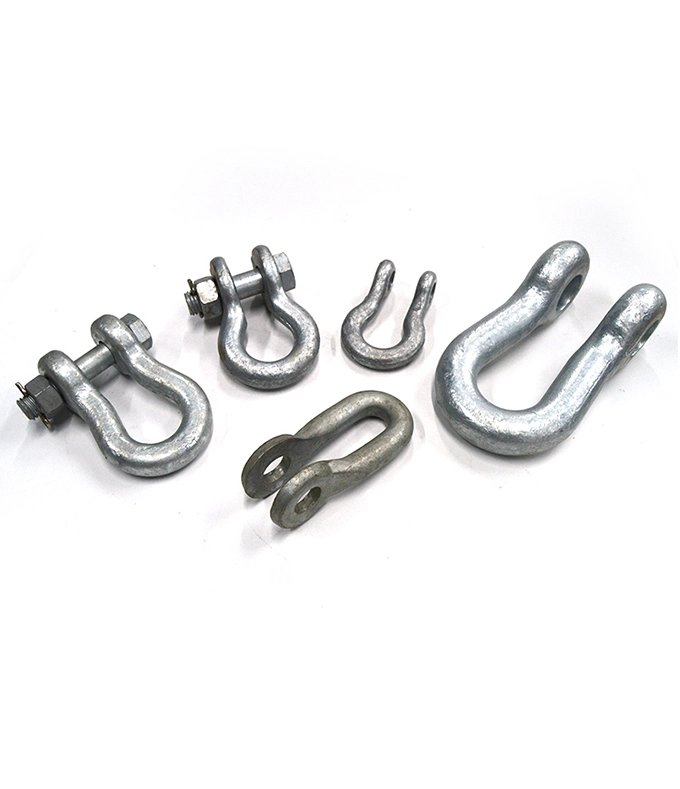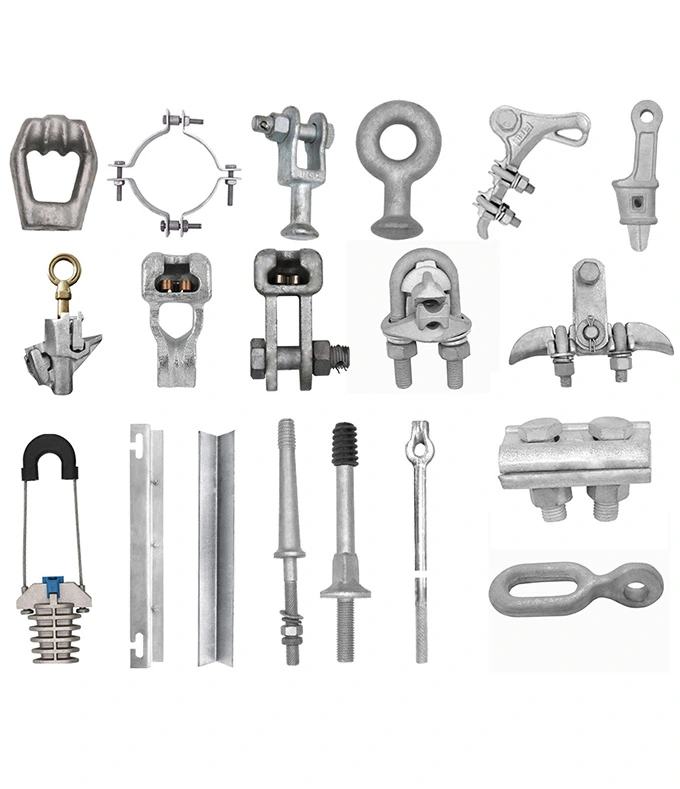There are 5 steps for the installation of overhead power line accessories:
Preparation and Planning: Conduct a comprehensive site assessment considering terrain, weather, and load requirements.
Assembly and Inspection: Assemble overhead power line fittings according to manufacturer guidelines, ensuring all bolts and connections are securely tightened.
Lifting and Attachment: Lift and position assembled electrical overhead line fittings onto poles or towers, using appropriate lifting equipment.
Alignment and Tensioning: Verify alignment and adjust if necessary.
Final Checks and Documentation: Conduct thorough quality checks, addressing any issues identified during the inspection.

The overhead line equipment components, a crucial element in power transmission and distribution, consist of a well-coordinated system of essential elements designed to efficiently transport electrical energy from generation sources to end-users. At its core, an overhead line typically comprises conductors, supporting structures, insulators, and associated overhead line hardware.
Conductors form the backbone of the overhead line, serving as the pathway for electricity to flow. These conductors are often made of aluminum or copper, chosen for their excellent conductivity and durability.
Supporting structures, such as poles or towers, play a critical role in elevating the conductors above the ground and maintaining the required clearance. The design and placement of these structures are essential to ensure the stability and reliability of the overhead line.
Power line insulators, often made of ceramic or composite materials, are strategically placed to electrically isolate the conductors from the supporting structures, preventing unintended paths for current flow. This is crucial for maintaining the integrity and safety of the system.
Additionally, associated hardware such as clamps, connectors, and pole line hardware fittings are employed to secure and connect various components of the overhead line, ensuring a robust and reliable transmission network.


If You Have Any Questions or Suggestions About Line Equipment, Let Us Know, We Will Reply As Soon As Possible.